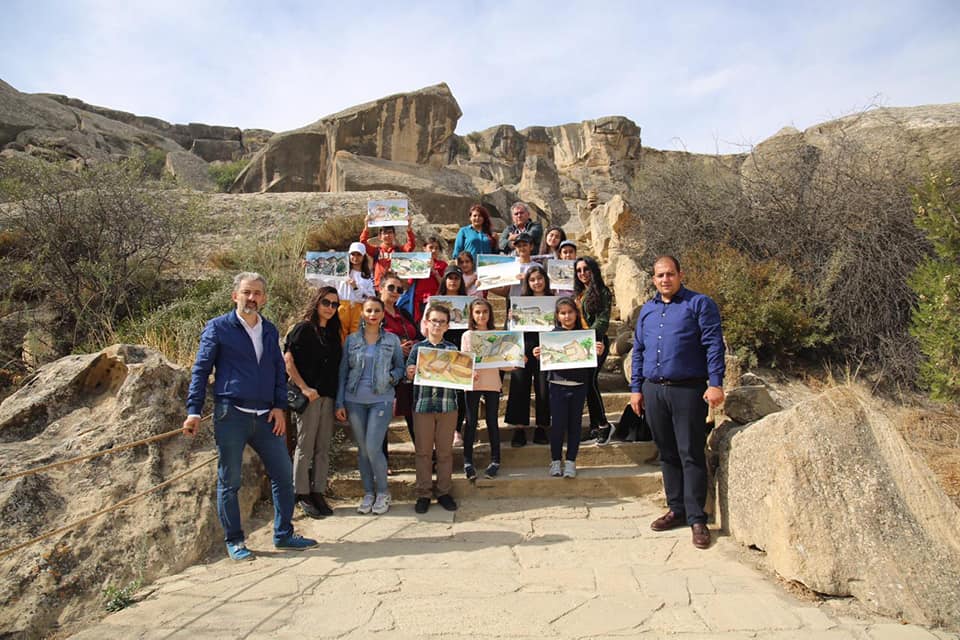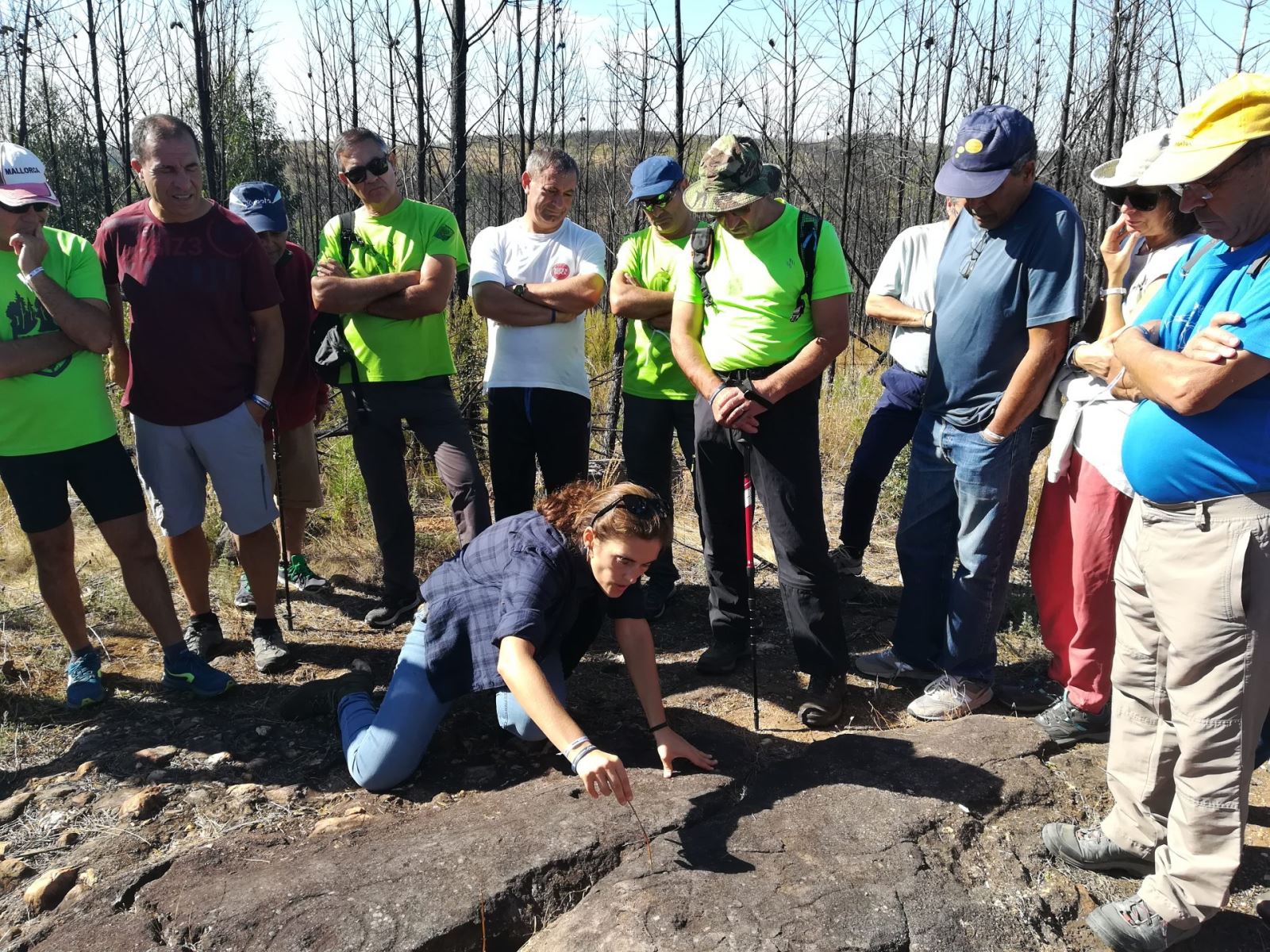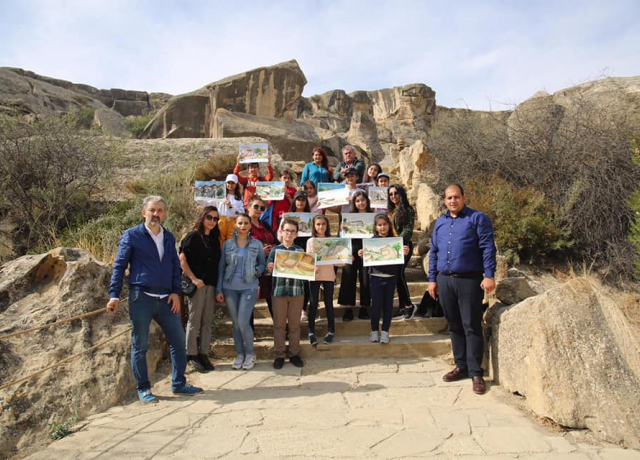European Day of Prehistoric Rock Art project
European Day of Prehistoric Rock Art project
One of 2019’s European Heritage Days Stories projects, the European Day of Prehistoric Rock Art, has taken us on a journey back to prehistoric Spain. Complementing the shared theme of 2019’s European Heritage Days of “Arts and Entertainment,” the project commemorated a significant historical discovery – the rock art in the Altamira cave in Spain. The Prehistoric Rock Art Trails Association put this important heritage in the spotlight for European Heritage Days, hosting the European Day of Prehistoric Rock Art on 9 October on the sites belonging to the Cultural Route of the Prehistoric Rock Art Trails.
The Altamira cave was discovered in 1878 by the Sanz de Sautuola family, but it was not until more than 20 years later, on 9 October 1902, that the significance of the discovery was recognised by the scientific community. On that day, a letter to Maria Sanz de Sautuola, written by the great French pre-historian Émile Cartailhac, acknowledged the importance of what was found there for the first time.
The paintings in the cave, some of which are 42,000 years old, are the oldest tangible heritage preserved in this part of the world. Acknowledged as one of the first cultural expressions of human society, the cultural importance of such sites is recognised by UNESCO. The Prehistoric Rock Art Trails Association and the Council of Europe project aims to raise awareness and promote the safeguarding of this important emblem of European heritage.
European Heritage Days Story from Altamira cave in Spain
The project has included making the rock art accessible to people with disabilities, strengthening the international cooperation between countries involved, and bringing heritage closer to children. In order to emphasise the significance of heritage education from an early age, the project involved the participation of school groups. Thematic workshops and drawing contests for children were organised. The most inspiring drawings will be featured in the travelling exhibition and a book called "The Art of Europe's past seen by Europeans of the Future."

The European Day of Prehistoric Art
In addition to exhibitions, print and digital publications, the project organised a series of conferences and special visits to the 118 locations in the seven countries taking part in the initiative. On 9 October almost 15,000 people took part in the activities, and 2,872 drawings were produced as part of a drawing competition throughout the autumn. An exhibition of the winning drawings will be inaugurated at the Lascaux Museum in spring 2020, before moving to other host galleries.

Providing a unique framework for exploring heritage, European Heritage Days Stories are becoming one of the largest European heritage-sharing experiences. The initiative gives voice to the people and communities behind the largest cultural festival in Europe – European Heritage Days. As well as recognising and promoting some of the most fascinating stories behind the EHDs communities, the initiative provides support to projects that have the potential to help the community share and safeguard their heritage. The deadline for submissions to this year’s Call is 20 March, and you can send us yours here.
For more information on the project and the plans for the next season, visit the official Prehistoric Rock Art Trails Association website and follow their Twitter and Facebook channels for the latest updates.
